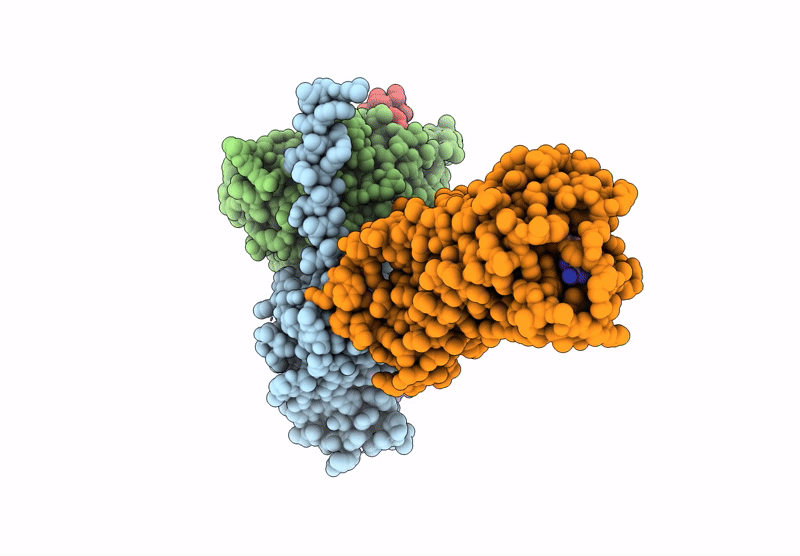
Deposition Date
2024-10-16
Release Date
2025-06-11
Last Version Date
2025-07-16
Entry Detail
PDB ID:
9K0X
Keywords:
Title:
Cryo-EM structure of ATP-bound P2Y purinoceptor 2-miniGq-Nb35 complex
Biological Source:
Source Organism:
Homo sapiens (Taxon ID: 9606)
Vicugna pacos (Taxon ID: 30538)
Vicugna pacos (Taxon ID: 30538)
Host Organism:
Method Details:
Experimental Method:
Resolution:
2.83 Å
Aggregation State:
PARTICLE
Reconstruction Method:
SINGLE PARTICLE


